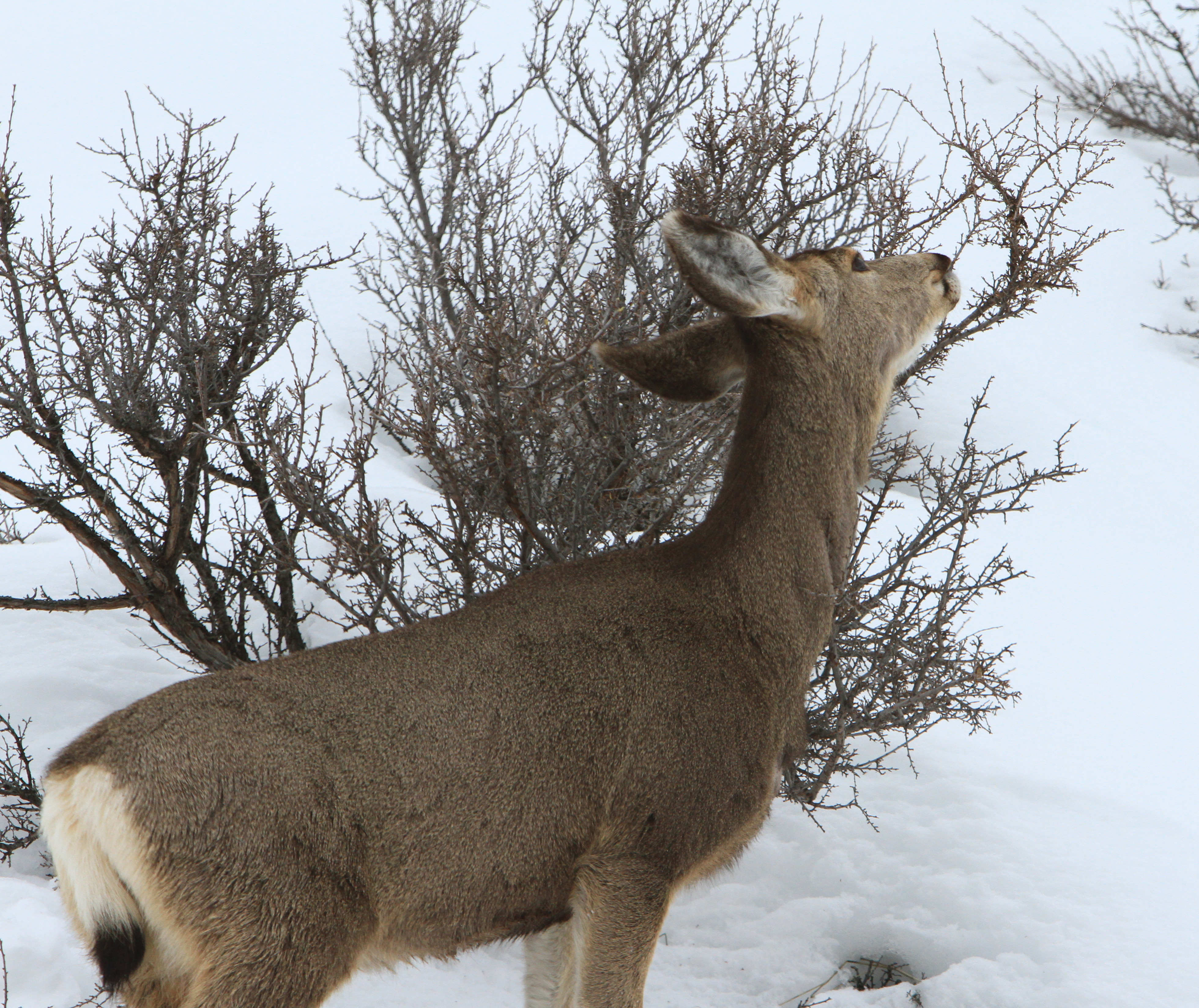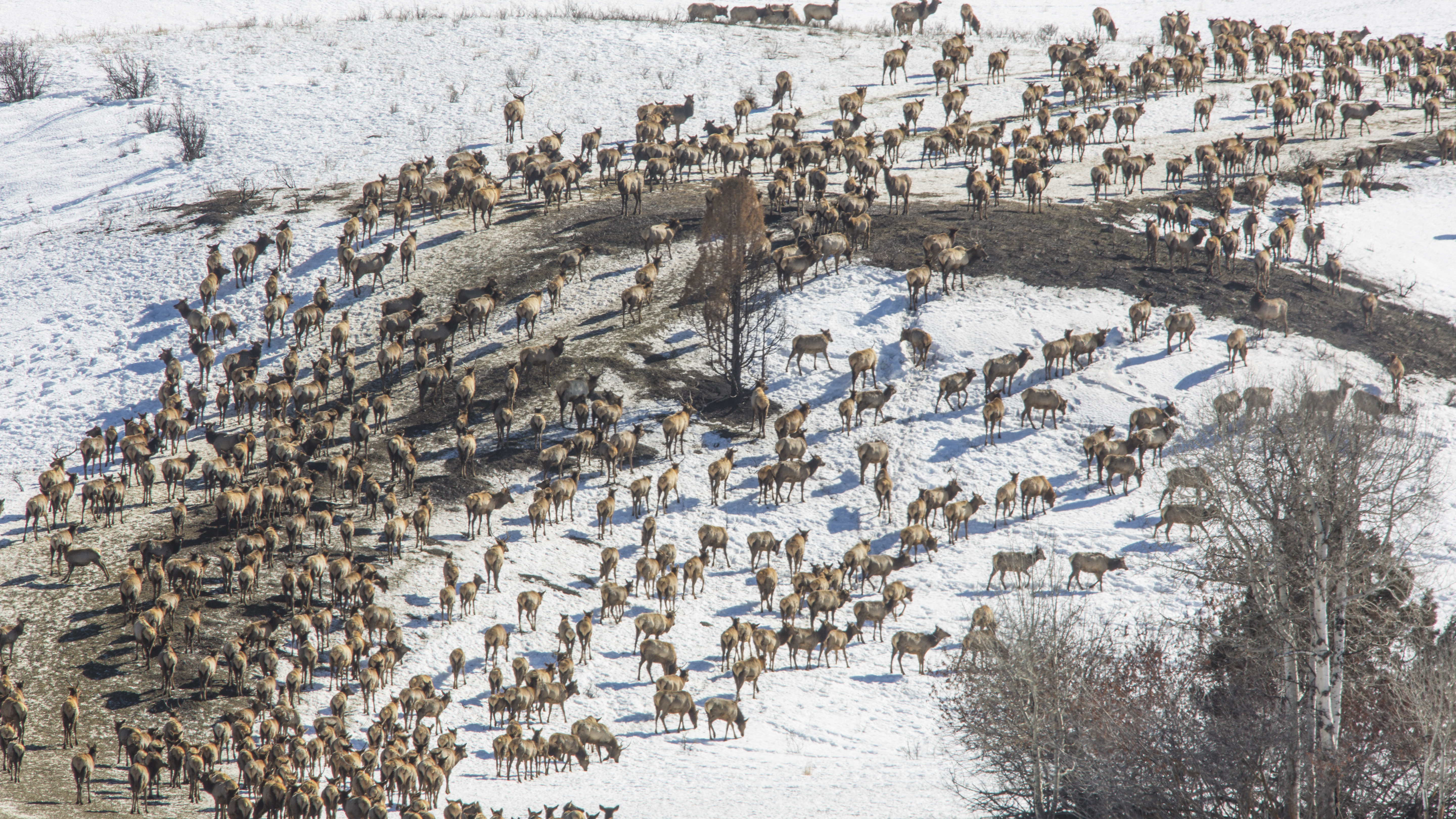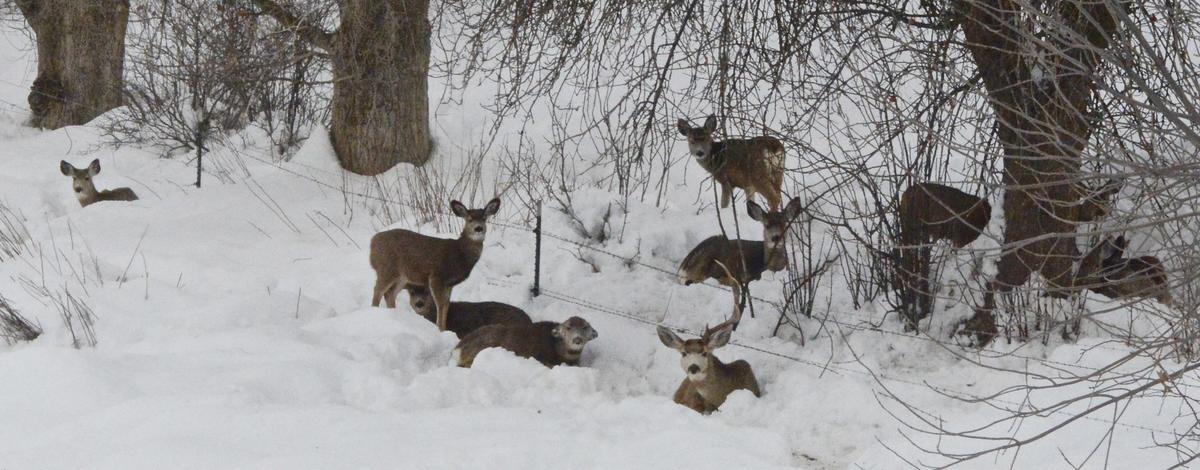
Turns out Idaho’s mule deer fawn mortality wasn’t as bad as feared, but still the second-lowest winter survival in nearly 20 years.
About 30 percent of radio collared fawns and 90 percent of collared does survived the harsh conditions last winter with deep snow and frigid temperatures on low-elevation winter range.
Elk survival was substantially better with 54 percent of radio collared calves and 96 percent of collared cows making it through winter.
While that’s a touch of good news after a challenging winter, mule deer hunters will see fewer young bucks in the fall, and in some places, very few.
The statewide average doesn’t represent the wild swings across the state. The McCall/Weiser area had the lowest survival rate with only 3 percent of collared fawns surviving winter, while the Smoky/Bennett area and South Hills in south-central Idaho had 60 and 57 percent survival, respectively.
To add more perspective, Fish and Game biologists have been collaring deer in early winter and monitoring them through spring over the last 19 years. Last winter’s 30 percent fawn survival was four points above the lowest on record, which was in 2010-11, but well below the 19-year average of 57 percent.
Winter fawn monitoring provides vital, real-time information for setting seasons and allows biologists to quickly react to changing herd sizes, which they did this year by reducing doe tags in many areas.

It’s difficult to quantify, but Fish and Game’s massive feeding effort likely reduced winter mortality. During peak winter, Fish and Game staff and volunteers, in cooperation with many private landowners, operated 156 feeding sites that fed more than 13,000 deer, 12,000 elk and 200 pronghorn.
The effort was not only to sustain them, but also to prevent big game from damaging crops and agriculture lands, and reduce safety hazards associated with wildlife in communities and along roads and highways.
Fish and Game also closed many of its wildlife management areas during winter to reduce stress on big game herds.
Winter was relatively normal north of the Salmon River in Idaho’s prime whitetail country. Whitetails continue to be an integral part of Idaho’s deer population and account for more than 40 percent of the annual harvest.
North and north/central Idaho’s winter weather was closer to average than southern Idaho’s. Whitetails tend to have high birth rates of twins where they have good forage, and they tend to bounce back quickly after winter losses.
How the winter affects deer harvests remains to be seen because there are many variables for hunting success beyond the winter survival. But for a little perspective, the deer harvest in 2011 hunting season – after the lowest winter fawn survival – was 2,555 fewer deer statewide than the previous year, a drop of 6 percent.
Here's a video that provides details about Fish and Game's radio collaring and winter monitoring program:

